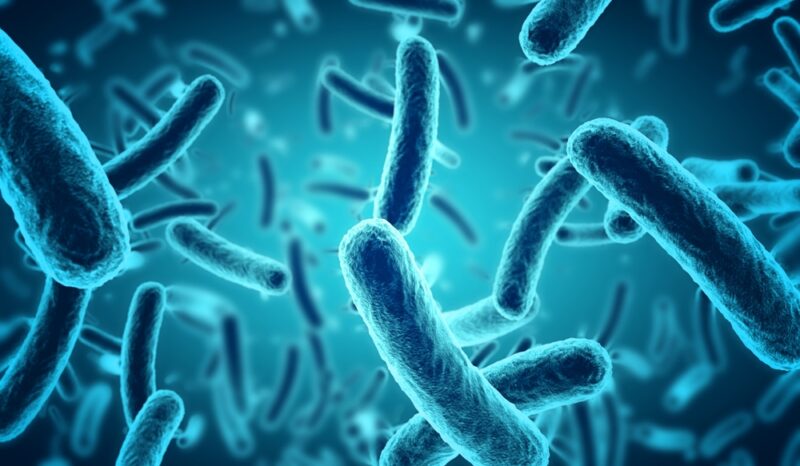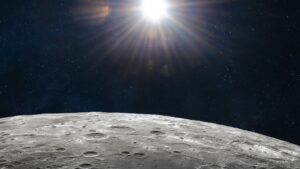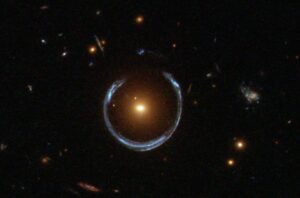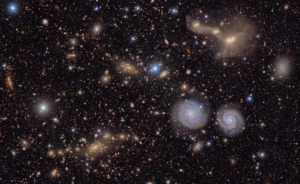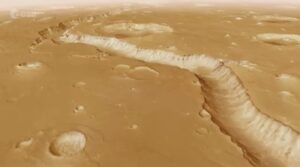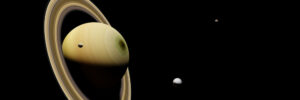The International Space Station seems like the least likely place you would catch an infection. Yet over the years, numerous bacteria have made it onto the ISS. They are not only thriving, they are mutating into something never before seen on Earth.
The new strains are both genetically and functionally different from their original terrestrial selves. The odd conditions of space have somehow made them more resistant to antibiotics and other treatment. The microgravity, solar radiation, and high carbon dioxide levels that the bacteria experience in low orbit have forced them to evolve into a kind of super-bacteria.
Potentially harmful
The new study focuses on Enterobacter bugandensis. Here on Earth, it is linked to neonatal blood infections that cause sepsis, endocarditis, and urinary, skin, and soft tissue infections. Luckily, it tends only to affect the immuno-compromised. On Earth, it is already notoriously resistant to treatment. But nothing like it is in space.
In 2018, researchers began looking at the microorganisms aboard the ISS. They discovered several fungi and bacteria. Clearly, all of them hitchhiked there via the almost 300 visiting astronauts. In that initial study, five strains of E. Bugandensis had made it into space. Now there are 13, according to new research. Four live in the ISS air system, one on an exercise machine, and perhaps not surprisingly, eight in the bathroom.
Researchers have analyzed all the strains. They studied the bacteria’s genome and looked for differences between the bacteria on Earth and how it presents on the ISS.
“The ISS genomes exhibited an average of 4,568 genes, a significantly higher count than the average of 4,416 genes found in the Earth genomes,” the study pointed out. “We identified certain genes that are exclusively present in organisms associated with the ISS, but not in their terrestrial counterpart.”
More care needed
They also studied how a particular bacterium interacts with other bacteria on the ISS and how well it’s flourishing. All the bacteria are thriving and benefiting other microorganisms, helping them, in turn, to flourish in space. The stress of space has made E. bugandensis so resistant it could become a dominant microorganism on the ISS.
Researchers are unsure if the souped-up pathogen will affect the health of astronauts. Whether it remains potentially harmful at all is a mystery. Still, NASA plans to develop more stringent measures for the ISS and future space missions. The rigors of space already impact the health of astronauts and their immune systems. It is crucial that harmful microbes don’t flourish too well on space vessels.
